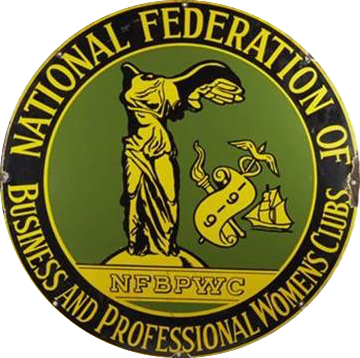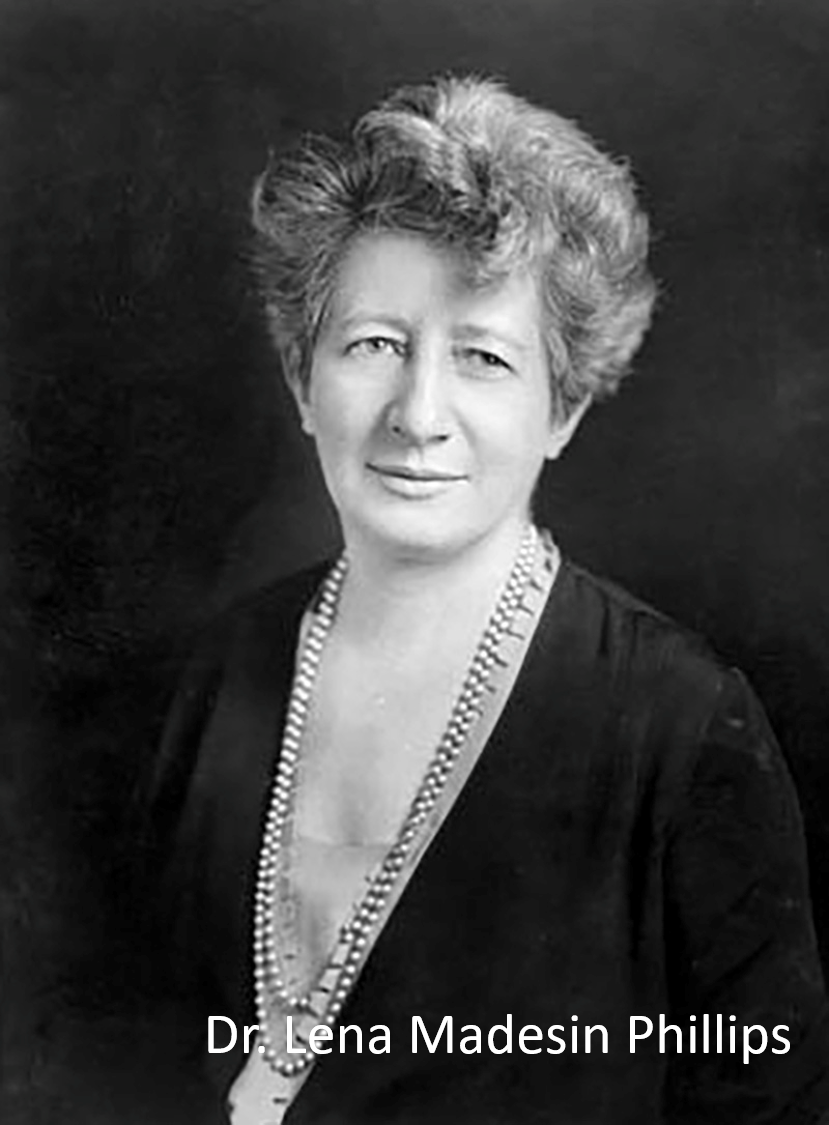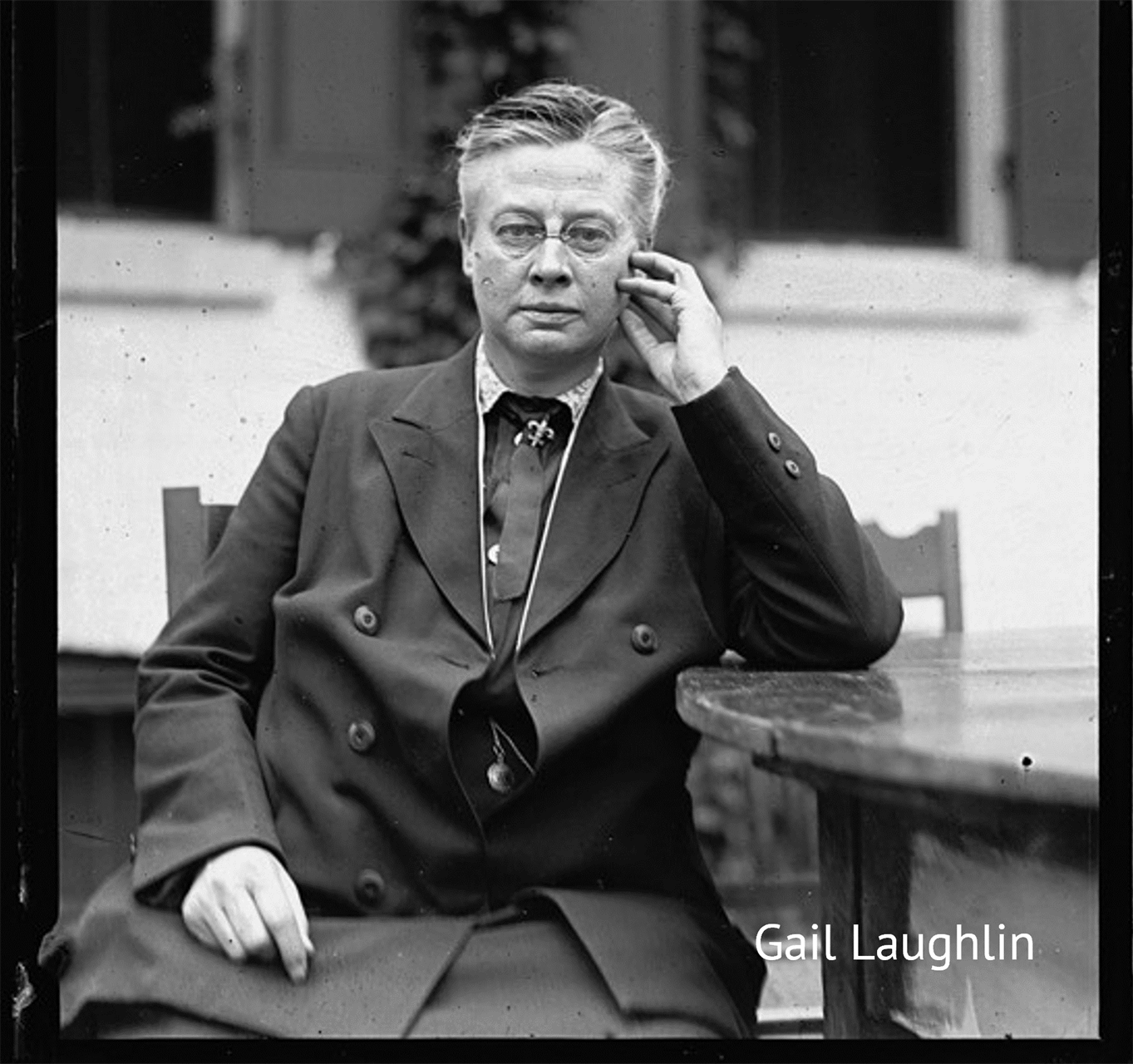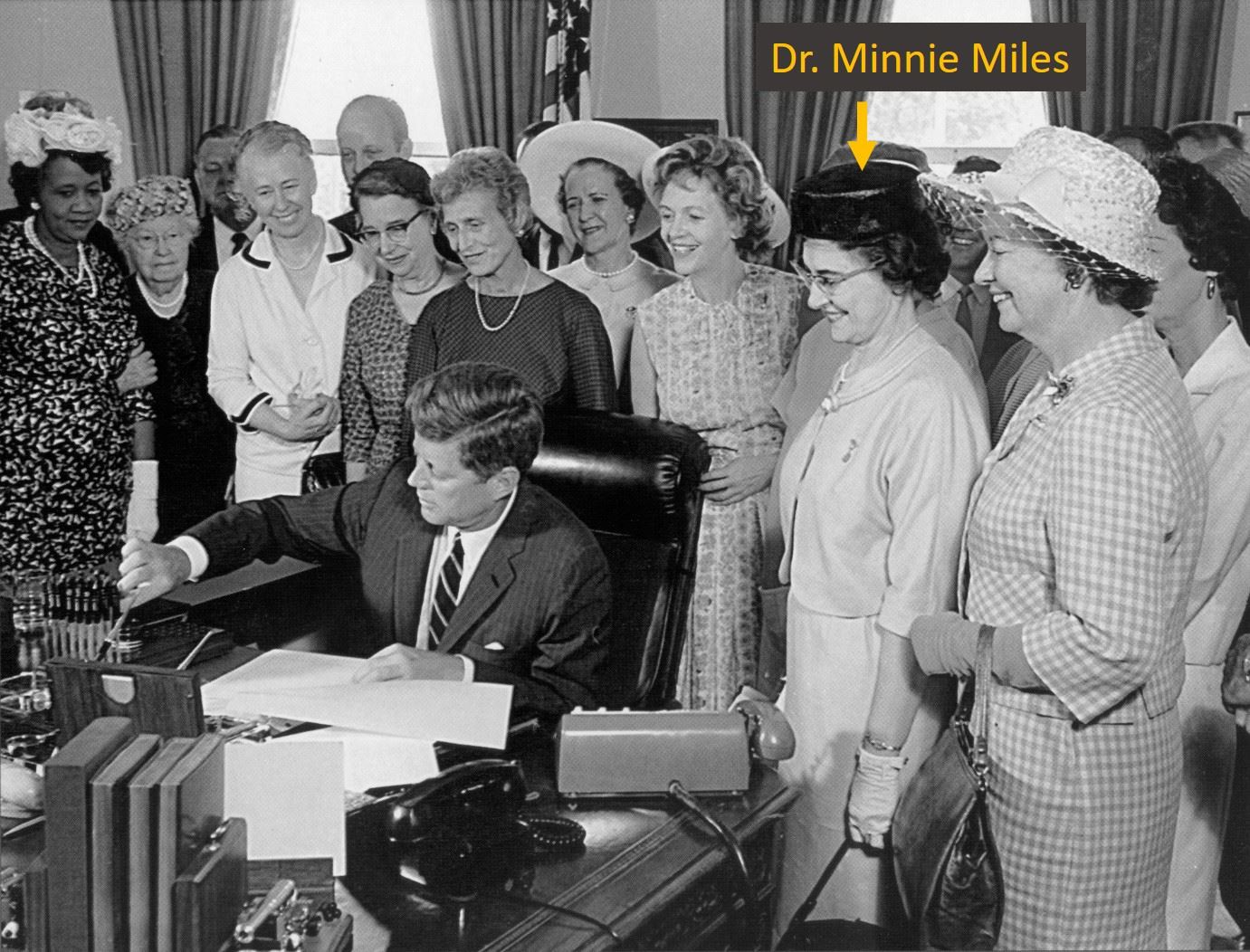WE'RE PROUD OFOUR HERITAGE
|
For over one hundred years, the women of BPW have been dedicated to advancing the cause of our nation’s working women. We take great honor to reflect on the accomplishments our sisters have achieved in the past. We began in 1919 as the National Federation of Business and Professional Women's Clubs (NFBPWC), on the heels of World War I, with a mission from the government to “coordinate identification of women’s available skills and experience.” NFBPWC is the first organization created to focus on the issues of working women. Since its formation on July 16, 1919, BPW has consistently provided education, outreach, and opportunity for advocacy on issues that affect working women. |
|
Our Relationship with the United Nations |
 BPW has become one of the most influential international networks of business and professional women with affiliates in over 100 countries on five continents. It has consultative status with the United Nations Economic and Social Council (ECOSOC) and participatory status with the Council of Europe. Its members include influential women leaders, entrepreneurs, business owners, executives, professionals and young career women. The root of BPW’s advocacy is embedded in our work with the United Nations. In 1947, BPW lobbied for the formation of the Commission on the Status of Women (CSW); advocating for gender equality and the empowerment of women and girls. Esther W. Hymer (1898-2001), BPW representative at the UN, was named as one of three women playing a significant role in the work of the UN Commission by Secretary-General Kofi Annan in 1997. Today, BPW continues its representation at UN Headquarters in New York, Vienna, Geneva; UN regional offices (UNECA, UNECE, UNESCAP, UNESCWA, UNECLAC); UNESCO, UNICEF, ILO, WHO, UNCTAD, UNIDO, FAO, UN DPI; Council of Europe; European Women’s Lobby and continues to work closely with UNIFEM. |
Our NFBPWC Emblem |
 Throughout history, the progress of events and people has been marked by symbols. The Emblem of NFBPWC was adopted at the 1921 National Convention and incorporates a variety of symbols to represent light, peace, communication, achievement and progress - elements to which our Federation is dedicated.
|



